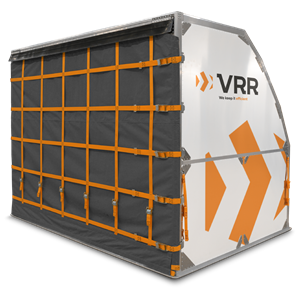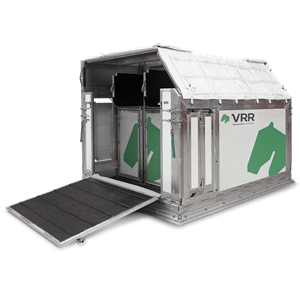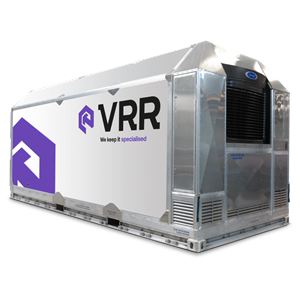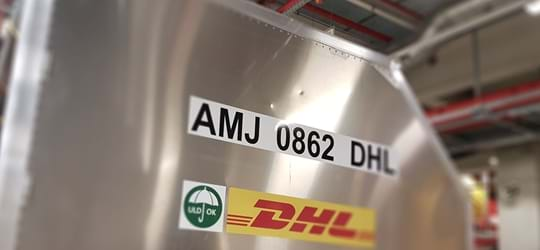ULD info
Here you can find all the information you'll need about ULDs also known as Unit Load Devices.
Like what the meaning of a ULD is, how you can identify a ULD and what ULD will fit best in each aircraft to maximize the aircraft's cargo space. We even added a ULD-dictionary.
ULD Meaning
A Unit Load Device (ULD) is used to transport cargo by aeroplane. This process is also known as ULD air freight. ULDs can convey any type of cargo, from passenger suitcases and perishable goods to horses and Formula-1 cars. ULDs are divided into two main categories: aircraft containers and aircraft pallet/net combinations.
The difference between a container and a pallet
Both pallets and containers allow a large quantity of cargo to be bundled into a single unit, which can be used on wide-body aircraft and certain narrow-body aircraft.
Cargo on pallets are secured by a net, which is attached to the pallet’s rim. Containers, also known as cans and pods, are typically lightweight structures comprising a base, a frame with side and roof panels, and a fabric or solid door. There are many different types of containers. Some are collapsible, some are insulated, others are ventilated or refrigerated and so on.
ULD Categories
At VRR, we love to experiment and to challenge the status quo. That’s because we want to make unique products that help overcome real world challenges in the air freight industry. Our ambition to be curious, courageous and uncompromising has led to six distinct families of customised cargo solutions:
Aircraft and ULD capacity search tool
Most ULDs are compatible with one or more aircraft types. But how do you know which aircraft corresponds with the ULD you have or need? VRR has developed a compatibility tool to help you determine aircraft capacity and ULD capacity.
Certified ULDs
Some people think a ULD—whether it’s an aircraft container or pallet and net combination —is just a way to transport and protect cargo. Of course that is their purpose, but did you know they’re also an essential part of flight safety? A ULD can only be loaded into an aircraft after its airworthiness has been proven.
Certification by EASA or FAA proves the airworthiness of a ULD. It must meet the industry's highest standards, so it can be placed in the cargo loading system.
All ULD's we sell are certified and can be accepted for use by airlines without extra approval.
Identifying a Unit Load Device (ULD)
Each Aircraft Unit Load Device (ULD) is identified by its ULD code. This code is a unique combination of letters and numbers, starting with a three-letter prefix that indentifies the type of ULD. This prefix is followed by a unique 4 or 5-digit serial number to distinguish it from others of the same type. The last two or three characters designate the owner of the ULD (e.g. the airline).
How to maximize aircraft’s cargo space
When designing an Aircraft Unit Load Device (ULD), careful thought is given to making the most of the aircraft’s cargo space. Unfortunately, aircraft holds come in many shapes and sizes, which means that air freight ULDs also have to come in many shapes and sizes. How can you know which Unit Load Device will fit your aircraft? We'll first explain the difference in ULD's with optimal fit, non-optimal fit and no fit and then we'll show you our very handy ULD compatibility tool.
Conversion table: ATA / IATA Designation
Each Aircraft Unit Load Device (ULD) is identified by its ULD code. This code is a unique combination of letters and numbers. The codes such as LD2, LD3, LD9, M1 etc. were developed under ATA many years back, while the codes such as AKE, AAP, AMA, RKN, VGA are part of the IATA ULD identification system. In general the use of IATA Identification system codes is preferable. Read on to check out our conversion table to convert an ATA ID-code into an IATA code.








